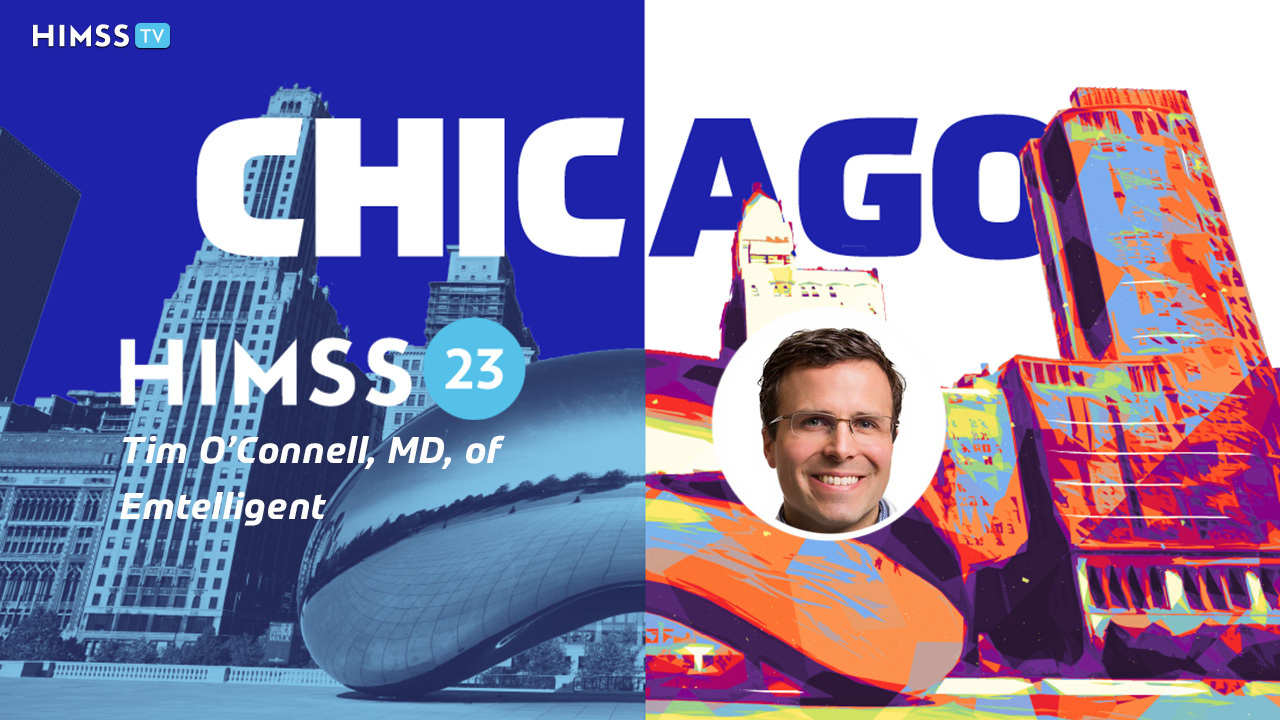
@ShahidNShah


Huge amounts of medical records can be parsed using natural language processing to give payers and providers important information. Emtelligent's CEO and founder, Dr Tim O'Connell, talks about the strategy used by his business. There are various phases involved in applying Natural Language Processing (NLP) to extract meaningful data from Electronic Health Records (EHRs). The data is first preprocessed to manage missing data and remove unrelated information. Tokenization then divides the text into smaller chunks. Medical diseases, drugs, and patient demographics are just a few examples of the types of entities that named entity recognition (NER) recognizes and categorizes. While sentiment analysis extracts subjective information, connection extraction establishes the relationships between items. By transforming unstructured data into a structured manner, information extraction enables the examination of test findings, vital signs, and allergies. NLP can support healthcare decision-making and incorporate processed data.
Continue reading at healthcareitnews.com
The nursing shortage in the United States has reached a critical point, exacerbated by the COVID-19 pandemic, as indicated by two recent reports. The surveys highlight the growing number of bedside …
Posted Jun 1, 2023 Nursing Care Workforce Education
Connecting innovation decision makers to authoritative information, institutions, people and insights.
Medigy accurately delivers healthcare and technology information, news and insight from around the world.
Medigy surfaces the world's best crowdsourced health tech offerings with social interactions and peer reviews.
© 2025 Netspective Foundation, Inc. All Rights Reserved.
Built on Apr 17, 2025 at 6:07am